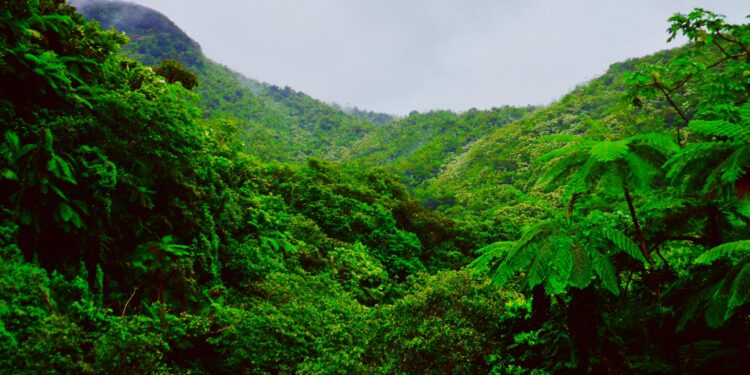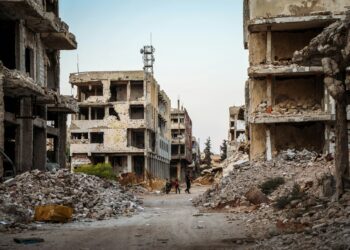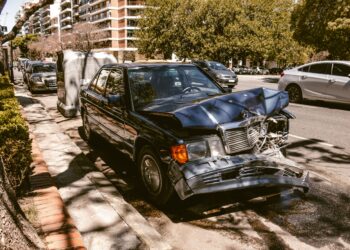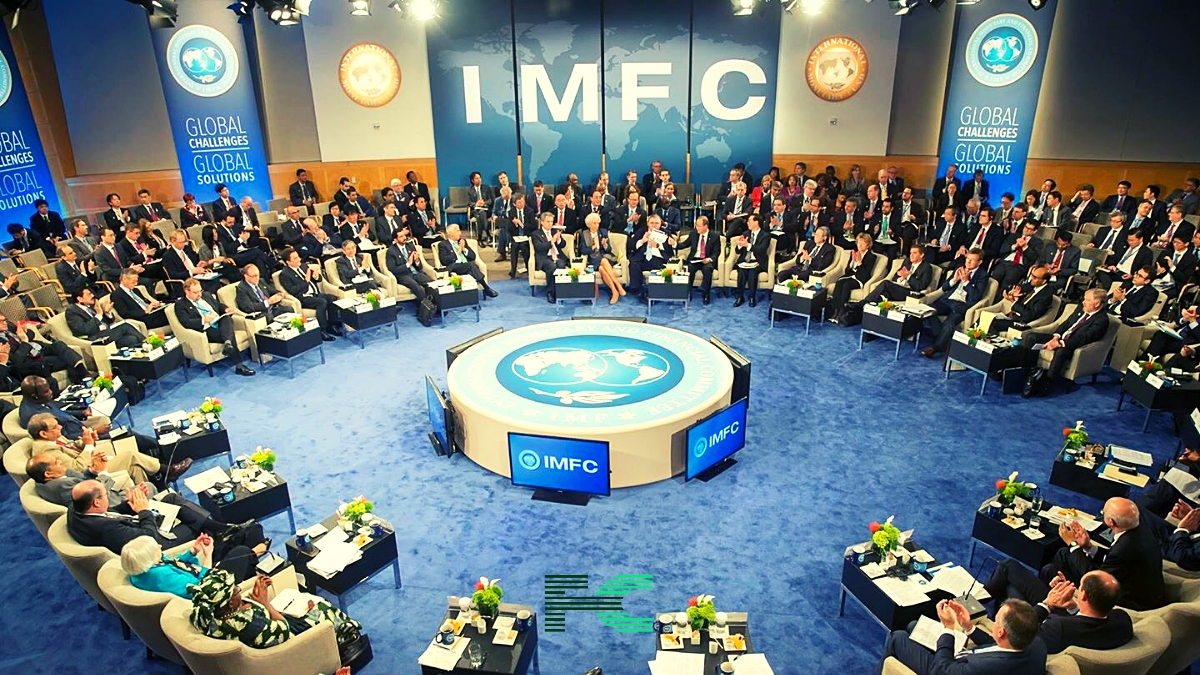In what feels like an annual tradition of destruction, the Amazon rainforest is once again on fire. According to Brazil’s National Institute for Space Research (Inpe), August saw an astonishing 38,266 fire hotspots detected in the Amazon, a record number since 2010. That’s more than double the fire count from last year. And what’s the cause this time? A toxic cocktail of climate change, El Niño, and good old-fashioned human greed.
Let’s talk about the rain or lack thereof. Last year’s rains were weak and late, thanks to an El Niño event amplified by climate change. The result? A bone-dry rainforest, primed for fire. And now, here we are, watching as the world’s largest rainforest turns to ash. The August blaze isn’t an isolated incident, either. Last month also saw a surge in fire hotspots, marking a two-decade high.
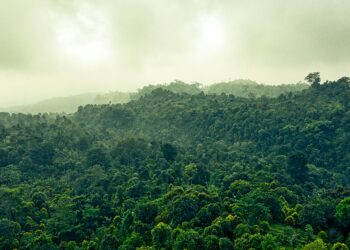
And don’t be fooled, this isn’t just Mother Nature acting out or force Majeure as we call it. Sure, warmer air and drier vegetation make for perfect fire conditions, but these fires are mostly human-made. Local cattle ranchers are burning down forests to create pastures. Yes, in the middle of a climate crisis, we’re still turning rainforests into cattle ranches. And let’s not forget deforestation. Chopping down trees not only removes a natural firebreak but also reduces the forest’s ability to produce rain and humidity, creating a vicious cycle of destruction.
Experts like Helga Correa from WWF-Brasil are sounding the alarm. “The fires are a deadly mix of weather, climate change, and human activity,” she says. The August fires were especially bad in the “Arch of Deforestation,” a notorious region where illegal logging and land clearing are rampant. So, while climate change and El Niño certainly fan the flames, human greed and reckless land use are striking the match.
But let’s all be true to ourselves and open our eyes, this isn’t just about Brazil. It’s about a world that values short-term gain over long-term survival. It’s about a global economy that rewards environmental destruction. And it’s about time we took a hard look at our priorities. Because if we don’t, the Amazon’s fires will keep burning, and eventually, there will be nothing left to save.

